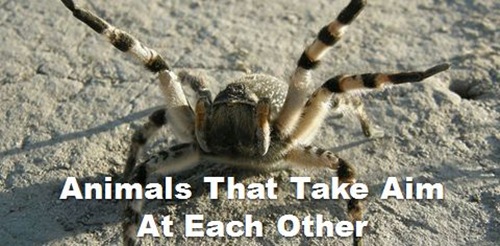
The debate about gun control rages in the United States, but the laws of nature don't stop animals from taking aim at each other. Many species have developed means of shooting at rivals, predators or prey.
1. Armless Sharpshooters
Credit: Pogrebnoj-Alexandroff/Wikimedia Commons
Spitting cobras don't need itchy trigger fingers or even hands to be quick on the draw. Specially evolved forward facing holes on the snakes fangs have turned their teeth into dangerous venom pistols. The snakes use muscular contractions of their venom glands, along with the movement of their bodies, to launch venom at a threat. Spitting cobras can launch their weapon more than 2 meters (6.6 feet). The venom can't penetrate intact skin, but a shot in the eye causes extreme pain and even blindness.
2. Backdoor Bombs Away
Credit: PNAS
Don't worry, Catch-22's Yossarian. There is no need to help the bombardier beetle. When threatened, the bombardier beetle can spray a chemical weapon from its rear. To launch its weapons, the insect contracts muscles that force two chemicals through internal tubes into a mixing chamber containing water and a mixture of enzymes. The mixture reaches high temperatures then bursts out of the creature's abdomen as a mist of gas and liquid. The spray can kill other insects and is painful to human skin.
3. Have Turd, Will Travel
Mud-slinging in human political contests, may have an evolutionary analogue in a much nastier behaviour of the chimpanzees. Instead of mud, chimps fling faeces at rivals and threats. However, unlike political mud-slinging, making a long-range weapon out of waste may be a sign of better communication ability in chimps. Emory University primatologists discovered that chimps who hurled dung more frequently and more accurately also showed heightened development in the motor cortex of the brain as well as more connections between it and a region related to speech in humans. The primatologists suggested that, in chimps, throwing poo may be a form of self-expression.The research was published in the Philosophical Transactions of the Royal Society B.
4. I, Blood
Credit: Room 237/Wikimedia Commons
Faeces, spit, venom, hair...what other nasty substance could an animal use against an attacker or rival? Blood. From the eyes. Several species of horned lizard can squirt a stream of blood up to two meters (6 feet) from the corners of its eyes. The blood has a noxious taste to mammals. To spray the blood, the lizard restricts blood flowing out of its head. The pressure build-up causes tiny vessels to rupture around the eyelids and squirt blood. In the American Southwest, where many of the horned lizard species live, they are some times called “horny toads.” They are, in fact, not toads nor particularly endowed with horns. Only the two spikes on the lizards' heads are true horns, since they contain bone centres. The rest of the spikes are modified scales.
5. 8-Armed Sharpshooters
Credit: Alexandr Alexejuk/Wikimedia Commons
Tarantulas have venom in their fangs, like the cobra. However, tarantulas use a different part of their body for long range attacks. Irritating hairs, called urticating bristles, can be launched by some species of tarantulas. The arachnids rub their hind legs against a patch of the hairs to send up a cloud of bristles. Different species of tarantula have bristles designed for defense against specific attackers. Some are most effective on mammals, and can cause edema, or severe swelling, and in small mammals even death. Humans can't be killed by the irritating hairs, but they can cause intense irritation, especially if they enter the eyes. Tarantulas also use the bristles around their dens as territorial markers, or embed them in their webbing and cocoon silk. The embedded bristles serve as natural barbed wire.
6. Watergun Hunters
Like cobras, archerfish don't need hands to be snipers. The fish also use their mouths to take out distant targets. A direct hit on the target, often an insect, can knock it into the water, where the fish makes a meal of it. The archerfish presses its tongue against a narrow groove in the roof of its mouth to form a channel. By forcefully contracting its gill covers, the fish fires a stream of water up to 5 meters (16.5 feet). However, the fish are usually only accurate enough to hit an insect 1 to 2 meters away (3 to 6 feet). The fish don't start out as sharpshooters. When young, they hone their art in small schools. With several newbie water-slingers taking aim, the chance of knocking an insect into the water is increased, and at least one fish gets food. [Watch video]
7. Llama Loogies
Dung isn't the only bodily secretion animals propel at each other to communicate. Llamas and their relatives spit at each other to establish dominance, defend themselves or by pregnant females to drive away an unwanted suitor. Llama social structure can be fluid, so spit fights, along with kicking and neck wrestling, help them establish who gets the most gourmet tufts of grass on the rocky slopes of the Andes Mountains. In captivity, llamas are more likely to spit at humans if the animals have become too accustomed to humans. If the llama thinks of humans as part of its herd, it is more likely to use spit to teach the upstart humans their place in the social order. Spitting can also be a sign of distress. The consistency of the llama's spit can be a sign of how stressed out the llama is. Saliva spit is generally just a warning that worse spit will soon follow. Food spit contains whatever the llama happened to be chowing on at the time and is most frequently used to defend food sources from rivals. A seriously agitated llama will spit green, foul-smelling material from further back in its three-chambered stomach.
Related Posts:
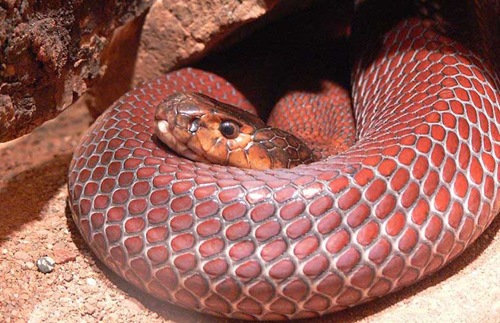
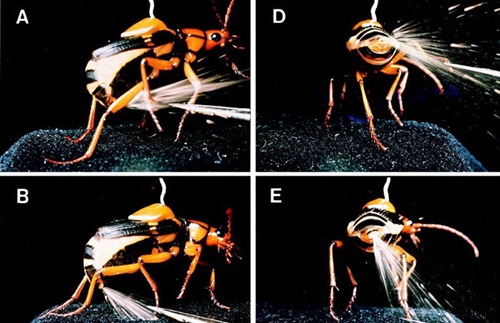

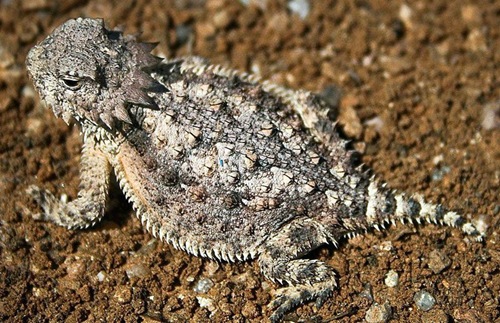

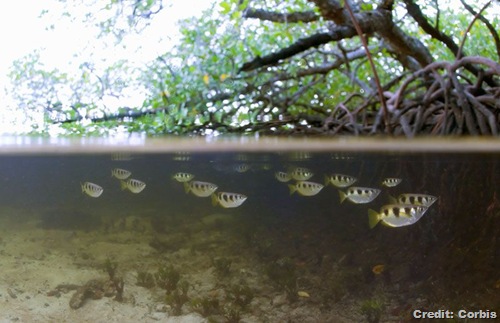

No comments:
Post a Comment
Please adhere to proper blog etiquette when posting your comments. This blog owner will exercise his absolution discretion in allowing or rejecting any comments that are deemed seditious, defamatory, libelous, racist, vulgar, insulting, and other remarks that exhibit similar characteristics. If you insist on using anonymous comments, please write your name or other IDs at the end of your message.